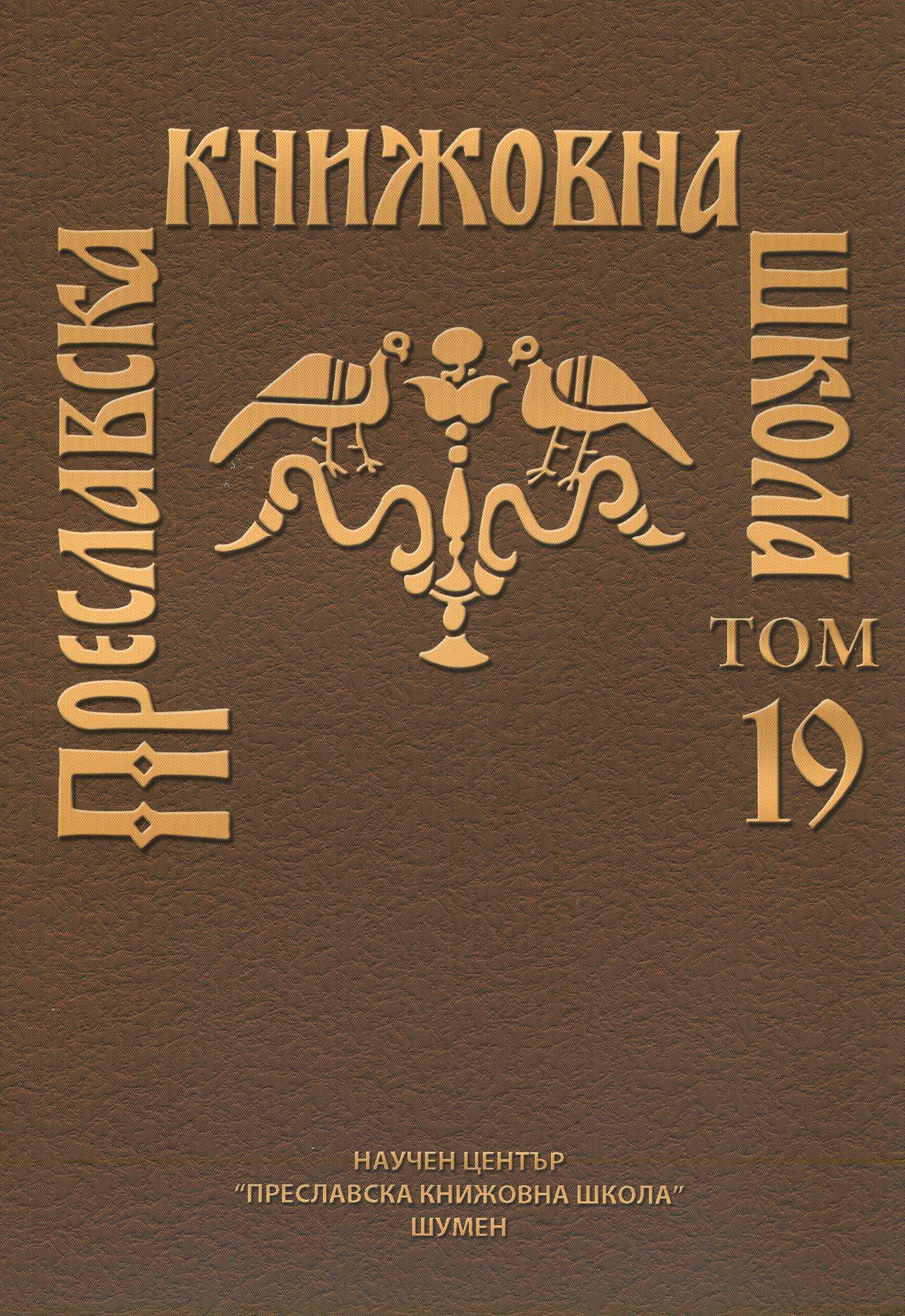ПАЛЕОГРАФСКИ ПРИНОС: ГРЪЦКАТА БУКВА “бета“ КАТО ДАТИРАЩ ЕЛЕМЕНТ В БЪЛГАРСКАТА ЕПИГРАФИКА
PALEOGRAPHIC CONTRIBUTION: THE GREEK LETTER "BETA" AS AN ELEMENT FOR RE-DATING IN THE BULGARIAN EPIGRAPHY
Author(s): Zarko Zhdrakov, Plamen OrfeevSubject(s): History, Language and Literature Studies, Middle Ages, Philology
Published by: Шуменски университет »Епископ Константин Преславски«
Keywords: Bulgarian sphragistic; greec letter "beta"
Summary/Abstract: In the Byzantine paleography it is considered that the letter "beta", underlined by a horizontal beam appeared in the 9th century, however, the inadequate knowledge of the Bulgarian sphragistic material of Constantinopol origin, certifies that it was there as early as the 6th century – e.g. two out of the three gold rings-seals belonging to Khan Kubrat from the end of the 6th century and the beginning of the 7th century (the treasure from Malaya Pereşchepina), the seals of Caesar Tervel from the year 705, Humir and Telerig from the second half of the 7th century. The paleographic feature of the letter "beta" supports the pre-dating of the treasure from Nagy Saint Miklós for the first anniversary of the Bulgarian state south of the river Danube in 693 the leap year of the snake, being on two mugs (No. 9 and No.10).
Journal: Преславска книжовна школа
- Issue Year: 2019
- Issue No: 19
- Page Range: 319-326
- Page Count: 8
- Language: Bulgarian

